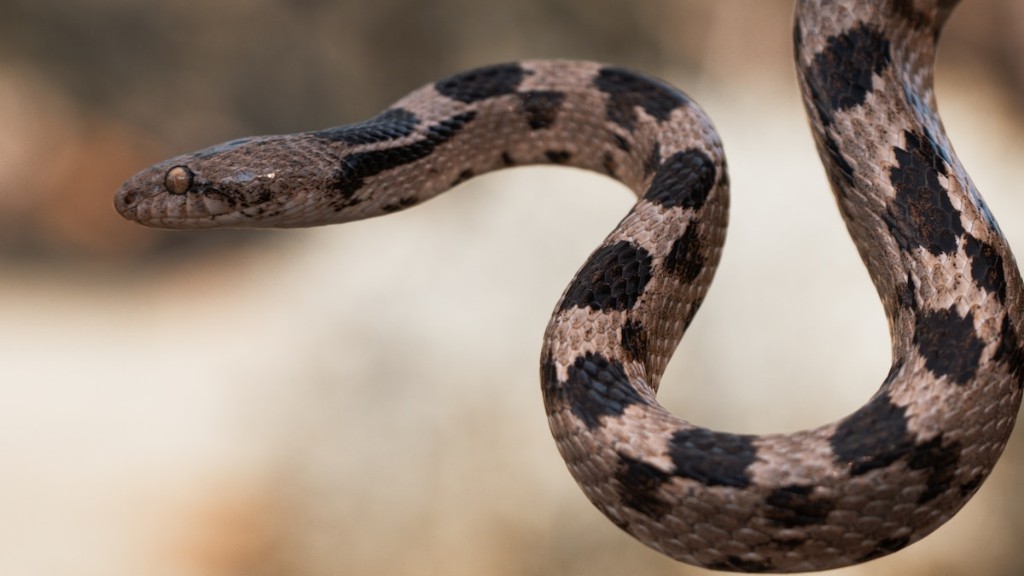Can a Small Dog Survive a Rattlesnake Bite?
Introduction:
Rattlesnakes are venomous snakes found in various parts of the world, known for the distinctive rattle on their tails. While snake bites can be dangerous for any animal, small dogs are particularly vulnerable due to their size and potential difficulty in accessing timely medical treatment. This article aims to explore the survival chances of a small dog after being bitten by a rattlesnake, considering factors such as venom potency, dog’s size and health, treatment options, and preventative measures.
1. Venom Potency:
Rattlesnake venom varies in potency depending on the species, geographic region, and individual snake. Some species produce venom with neurotoxic properties, while others have venom that primarily affects the blood’s ability to clot. In general, rattlesnake venom can cause tissue damage, blood clotting disorders, and neurological symptoms.
While small dogs are more susceptible to the effects of venom, the potency of the venom itself does not necessarily differ between dogs of different sizes. However, due to their smaller body size and lower toxin tolerance, small dogs may experience more severe symptoms and a faster progression of venom effects.
2. Dog’s Size and Health:
The size and general health of the dog play a significant role in determining its survival chances after a rattlesnake bite. Smaller dogs have less body mass, which means that the venom can quickly spread through their system. Additionally, their vital organs may be more easily damaged by the venom.
A small dog with underlying health issues, such as a compromised immune system or pre-existing medical conditions, may have a reduced ability to withstand the venom’s effects. Conversely, a healthy small dog may have a better chance of survival due to its overall physiological resilience.
3. Treatment Options:
Prompt veterinary intervention is crucial in increasing a small dog’s chances of surviving a rattlesnake bite. Treatment typically involves administering antivenom, which helps neutralize the venom’s effects. Other supportive measures, such as pain management, fluid therapy, and wound care, may also be necessary.
However, it is important to note that antivenom availability may vary depending on the region and the specific type of rattlesnake involved. In some cases, delays in accessing antivenom or unavailability altogether can significantly decrease a small dog’s chances of survival.
4. Preventative Measures:
The best approach to dealing with rattlesnake bites in small dogs is prevention. Pet owners can take several measures to mitigate the risk of snake encounters:
- Keeping small dogs on-leash during walks in areas where rattlesnakes are known to be present
- Avoiding tall grass, rocks, and other potential snake hiding places during outdoor activities
- Using snake avoidance training programs specifically designed for dogs
- Inspecting the immediate surroundings before allowing a small dog to roam freely
- Clearing yards and outdoor spaces of debris that may attract snakes
5. Anecdotal Evidence and Research:
Anecdotal reports suggest that some small dogs can survive rattlesnake bites with proper medical attention. However, scientific research on the subject is limited. One study conducted on dogs bitten by rattlesnakes found that around 50% survived when treated with antivenom. The study also noted that early treatment was associated with a higher survival rate.
Additional research is needed to develop a more comprehensive understanding of the specific factors that contribute to a small dog’s survival after a rattlesnake bite.
Conclusion:
In conclusion, while small dogs are at a higher risk of suffering severe consequences from rattlesnake bites, their chances of survival largely depend on prompt medical intervention, the potency of the venom, the dog’s size and health, availability of antivenom, and preventive measures taken by pet owners. As a responsible dog owner, it is essential to be aware of the potential dangers posed by rattlesnakes and take appropriate precautions to protect the well-being of your furry companion.


